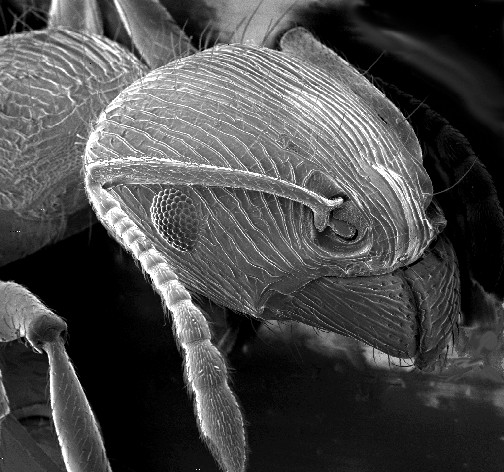Moakmeister
Arachnodemon
- Joined
- Oct 6, 2016
- Messages
- 759
At laptop nowA crayfish would demolish any tarantula.....there would be almost nothing a t could do with that hard exoskeleton.
I'm not gonna dispute your point there. Honestly, I DO think a big tarantula could bite through a crawfish's carapace, but I've got arguments besides "yeah it could
Think of a crawfish's underside, which, like nearly all arthropods, is a much weaker area of its exoskeleton by virtue of being where all of its legs connect, and needing to articulate. Why's this important? Think of how a tarantula bites its prey. They do it every time - it's one of the advantages of the mygalomorph fangs being parallel. They reach over top of the prey, and their fangs hook underneath and stab the belly. where the armor is weakest in theory. The prey is pinned between the fangs and the T's underside.
But how's the tarantula gonna manage to do that? A crawfish is much larger than the food a tarantula would normally be willing to go after. And it's got those claws of course. But the tarantula has its legs. The legs are its second best weapons. Its feet are covered with those hairs that enable it to stick to smooth glass - and they're also used for catching and manipulating prey. The same hairs that cling to glass also cling to their opponent and can be used for simply sweeping them towards their fangs, or to hold down and pin it. I've seen footage of tarantulas actually holding down a scorpion's tail, manhandling the thing and delivering the bite. With eight legs, they can do all of that and still bite. A tarantula could absolutely push a crawfish's claws out of the way, and either pull it under itself or simply clamber over top of it and stab the underside with the fangs. It'd be over in a couple of seconds.
I'm never doing it. But I bet that's what'd happen.


